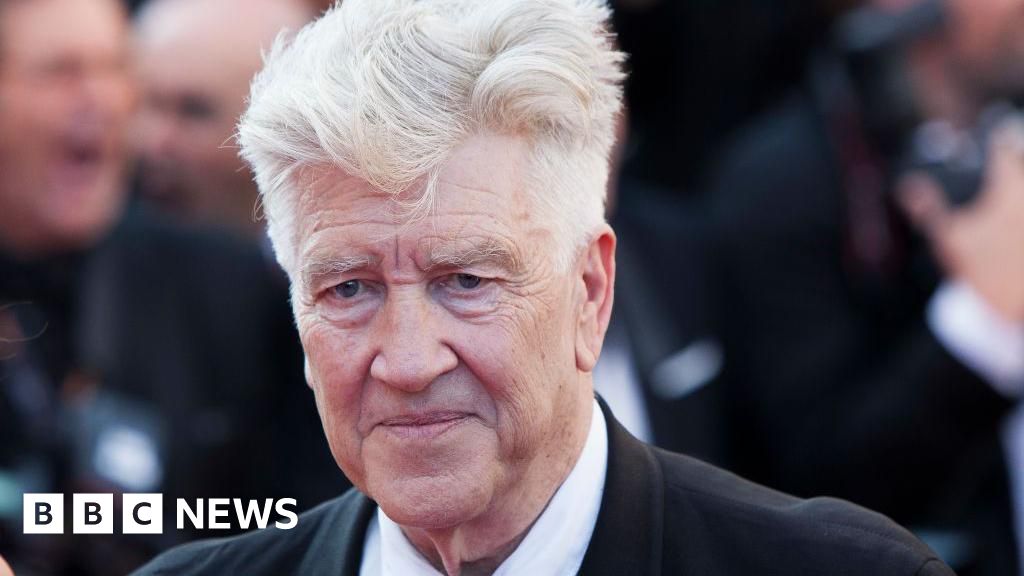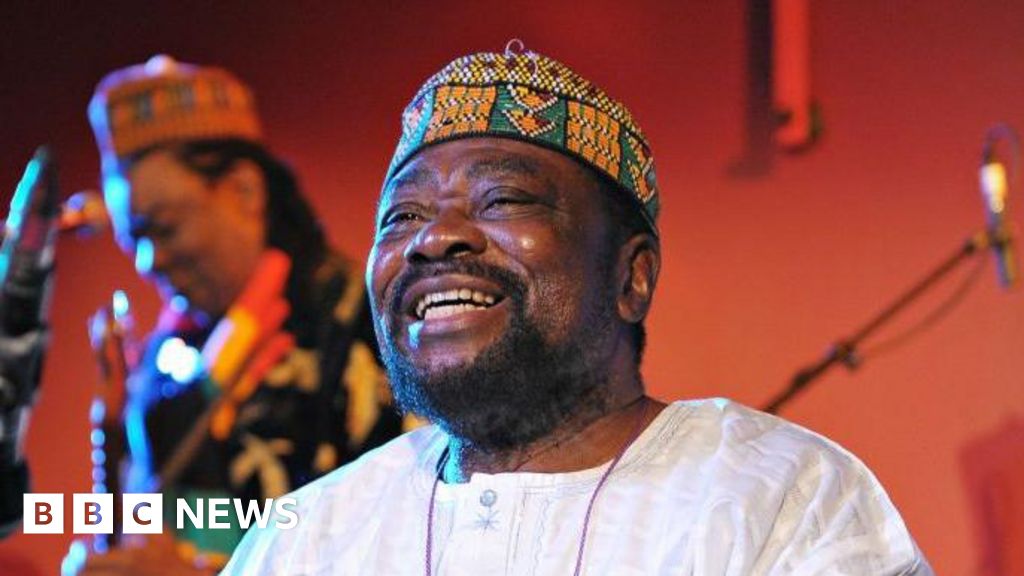ARTICLE AD BOX

 EPA
EPA
Umayyad Square in Damascus had a party-like atmosphere with music and celebrations
Thousands of Syrians have thronged the streets of the capital, Damascus, and other cities to celebrate the fall of the regime of Bashar al-Assad.
In Damascus people gathered at the iconic Umayyad Mosque for prayers before the jubilant rallies called by the Islamist rebels who led the armed uprising against Assad.
Rebel leader Abu Mohammed al-Jolani, who has now started using his real name, Ahmed al-Sharaa, had urged Syrians "to go to the streets to express their joy" on Friday to mark "the victory of the blessed revolution".
Assad fled to Russia on Sunday as the regime set up by his father 50 years ago collapsed in just a few tumultuous days.
Syria: Songs and celebrations at Damascus rally
Damascus's Umayyad Square had a party-like atmosphere. Speakers were set up, and music played "Raise your head high, you are Syrian."
People waved the flag of the Syrian opposition and chanted revolutionary songs and slogans.
Among them were men in black combat gear - wearing body armour and carrying guns.
They were members of the rebel group Hayat Tahrir al-Sham (HTS).
Some paused for pictures with civilians. One of them pulled out a piece of paper and started reading poetry he had written praising the country.
Sara al-Zobi, a university student living in Damascus but originally from Deraa - the city the opposition regard as the birthplace of the revolution - said Syrians had gathered to celebrate on Friday and would proceed to build the future "hand-in hand".
"We are gathering because we're happy Syria has been freed, we're happy to have been liberated from the prison in which we lived," said another participant, Nour Thi al-Ghina.
Away from the celebrations, bereaved families went looking for the bodies of family members who disappeared over the past decade in the notorious prisons of the Assad regime.
At a mortuary in central Damascus, some held up the pictures of relatives trying to compare them to the bodies lying in bags in front of them.
Some have managed to locate their missing fathers, brothers, or sons, while others left sobbing after failing to find any clues.
The mortuary was full of bodies transferred from Saydnaya prison, widely known here as a human slaughterhouse.
"All of the bodies had clear signs of malnourishment, they were so skinny," Aslan Ibrahim, a forensic expert at the hospital, said.
The body of a journalist bore signs of torture, he said, adding: "His arm was broken, and his leg too, he also had a lot of bruises."
Key sites of the sprawling network of intelligence agencies which for decades attempted to brutally crush opposition movements can be found along the same central streets of the Syrian capital.
In the basement of the state security headquarters, in the Kafr Sousa district of the city, stand row after row of tiny cells - each just two metres by one metre and protected by thick steel doors.
Inside, dark stains mark the filthy walls. Detainees could be held in these cells for months while being interrogated and tortured.
They are just below street-level, on a busy road where every day thousands of ordinary Syrians passed by, going about their daily lives just a few metres from where their compatriots were being detained and tortured.
A short distance away is the General Intelligence Directorate, another part of Syria's former network of spy agencies.
There are a huge numbers of records - evidence of how the Assad regime used to monitor its citizens.
There is row after row of paper files in cabinets and, in some rooms, piles of notebooks stacked from floor to ceiling.
Nearby is a computer server room. The floors and walls are a pristine white and black data storage units hum quietly.
The electricity has been cut to much of Damascus but it seems that this facility was so important it had its own power supply.

 1 month ago
10
1 month ago
10








 English (US) ·
English (US) ·